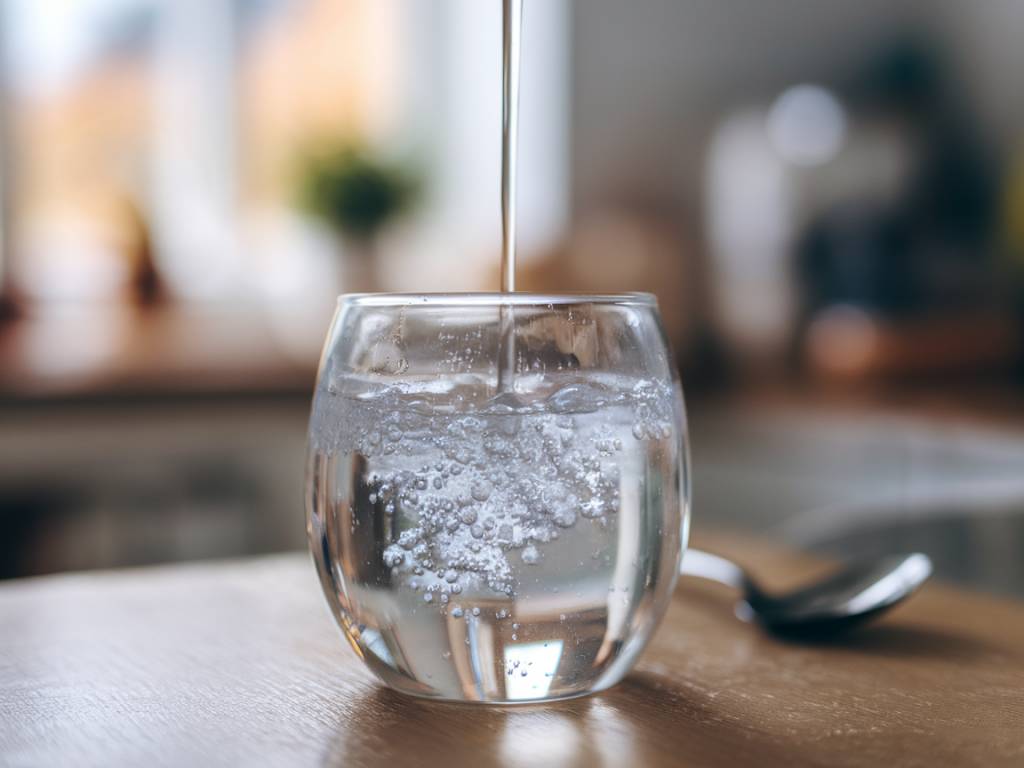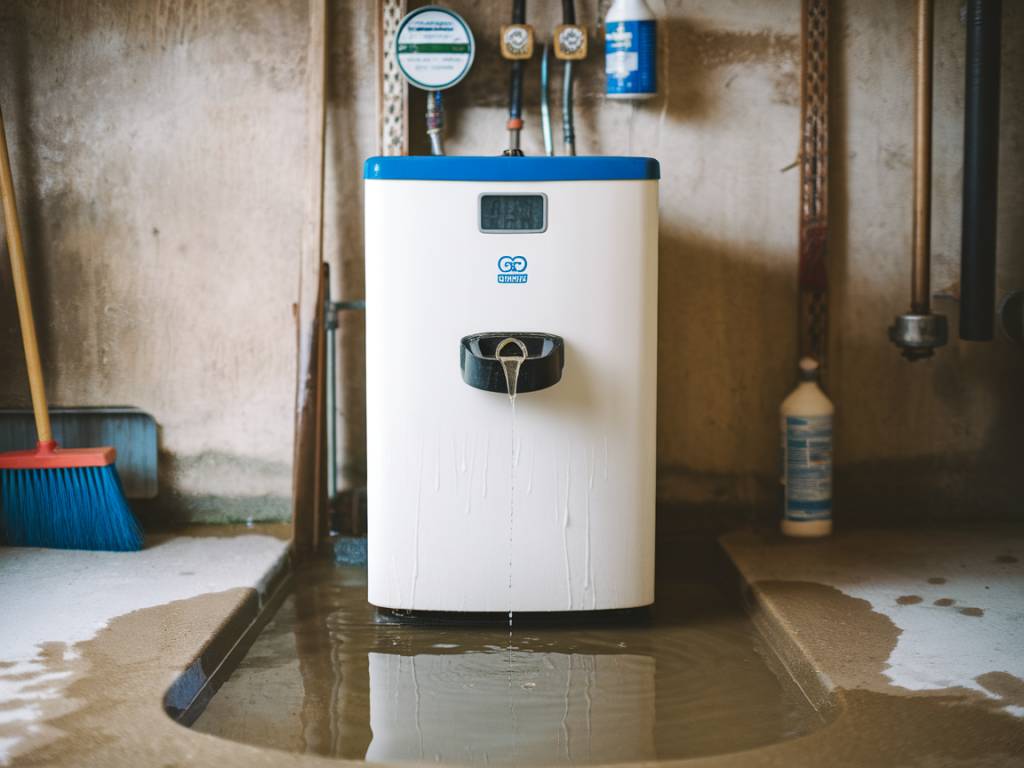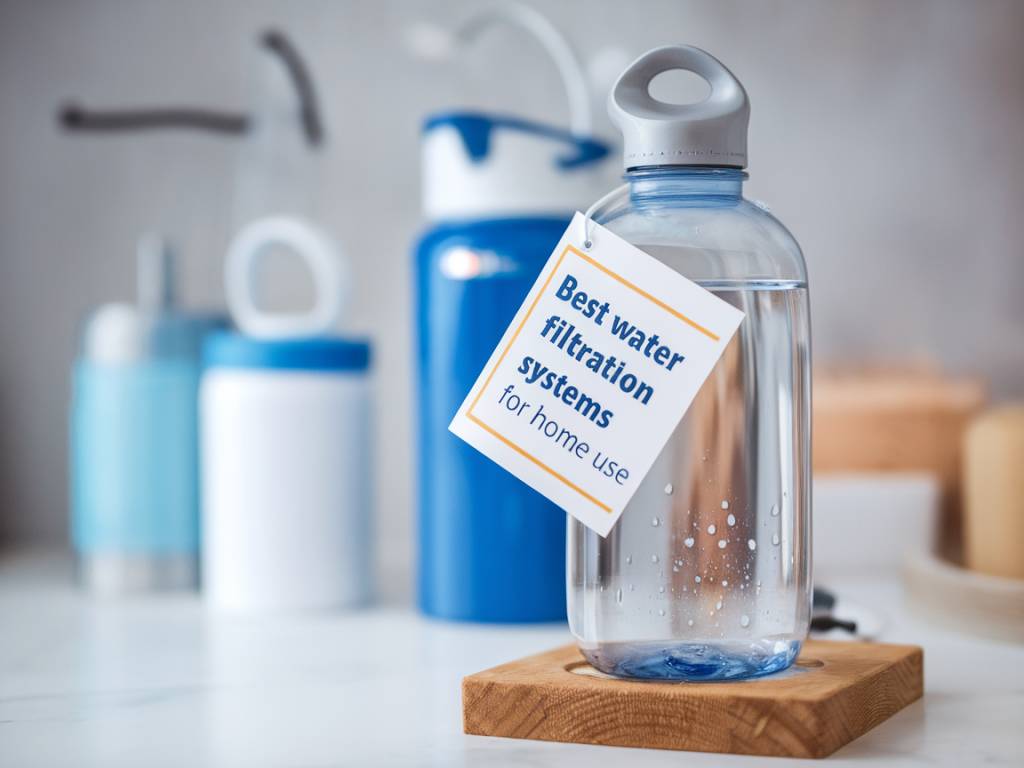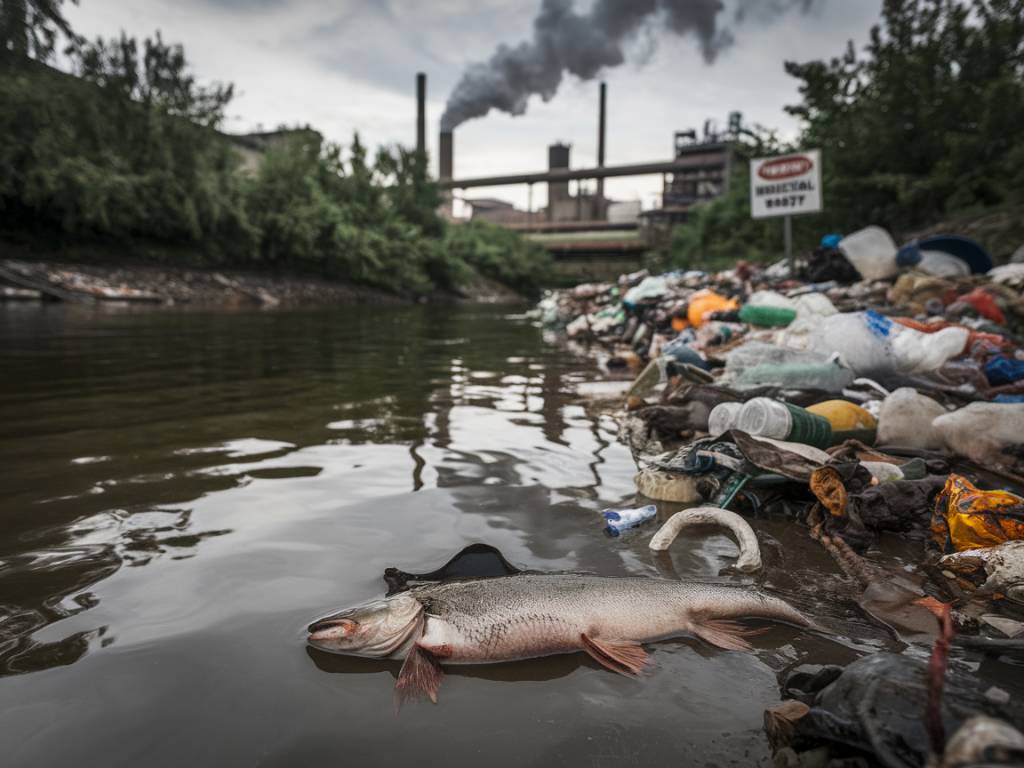What’s Really in Your Tap Water?
Have you ever wondered what’s actually in the water that flows from your tap? While our drinking water may appear clean and refreshing, it often contains a variety of contaminants—some harmless and others potentially hazardous. Understanding what’s in your tap water is the first step toward ensuring that you and your family are drinking the safest, purest water possible.
Common Contaminants Found in Tap Water
Many people assume that their municipal water supply is perfectly safe, but this isn’t always the case. Even water that meets regulatory standards can still contain trace amounts of harmful substances. Here are some of the most common contaminants that may be lurking in your tap water:
- Chlorine and Chloramines: These disinfectants are used to kill bacteria and viruses in water, but they can leave behind an unpleasant taste and smell. Long-term exposure to high levels of chlorine may also have health implications.
- Lead: A major concern in older plumbing systems, lead can leach into drinking water from corroded pipes. Even at low levels, lead exposure can be harmful, particularly to children and pregnant women.
- Fluoride: While added to water supplies for dental health, excessive fluoride consumption has been linked to issues such as dental fluorosis and weakened bones.
- Nitrates: Often present in agricultural areas, nitrates come from fertilizers and animal waste. High levels in drinking water can be dangerous for infants, leading to a condition known as « blue baby syndrome. »
- Pesticides and Herbicides: Agricultural runoff can introduce chemical residues into groundwater and municipal water systems, potentially affecting human health over time.
- Heavy Metals: Contaminants like arsenic, mercury, and cadmium may enter water supplies through natural deposits, industrial waste, or old plumbing.
- Microorganisms: Bacteria, viruses, and parasites such as E. coli and Giardia can sometimes slip through water treatment systems, leading to severe gastrointestinal issues.
- Pharmaceutical Residues: Traces of drugs, including antibiotics and hormones, have been detected in some water supplies, raising concerns about their long-term effects on human health.
How Do These Contaminants Get into Your Water?
Your tap water goes on quite a journey before it reaches your glass. Along the way, it can pick up contaminants from a variety of sources, including:
- Natural sources, such as soil erosion, minerals, and bacteria present in groundwater.
- Industrial waste and pollution, which can introduce chemicals and heavy metals into local water sources.
- Agricultural runoff, which contributes pesticides, herbicides, and fertilizers to water supplies.
- Old plumbing infrastructure, where lead pipes and corroded materials can leach harmful substances.
The regulations for drinking water vary by country and region, but even well-managed municipal water treatment systems can’t eliminate every potential contaminant. That’s why many homeowners turn to additional filtration methods.
How Can You Check What’s in Your Tap Water?
If you’re curious about what’s really in your water, there are several ways to find out:
- Check Your Annual Water Quality Report: In the U.S., the Environmental Protection Agency (EPA) requires water suppliers to provide yearly reports detailing contaminants in the local water supply.
- Use a Home Water Test Kit: These kits detect common pollutants such as lead, chlorine, and bacteria, giving you a clearer picture of your water’s quality.
- Send a Sample to a Certified Lab: For the most accurate results, consider having your water professionally tested. Lab analysis can detect a wide range of contaminants that home test kits might miss.
Once you know what’s in your water, you can take steps to improve its quality.
How to Reduce Contaminants in Your Drinking Water
Now that you’re aware of the potential contaminants in tap water, what can you do about it? Here are some practical solutions for cleaner, safer drinking water:
- Invest in a Water Filter: Depending on your specific water concerns, different types of filters may be required. Options include:
- Activated Carbon Filters: Effective for chlorine, pesticides, and some organic compounds.
- Reverse Osmosis Filters: Removes heavy metals, fluoride, and other contaminants at a microscopic level.
- UV Purification: Uses ultraviolet light to kill bacteria and viruses.
- Use a Water Purifier for Cooking and Drinking: It’s not just about what you drink—contaminants in water used for cooking and making coffee can also impact your health.
- Regularly Clean and Maintain Your Plumbing System: If you live in an older home, consider replacing lead pipes and ensuring your plumbing is properly maintained.
- Stay Informed About Your Local Water Quality: Keep up with reports and advisories issued by your local water authority to be aware of any significant changes in water safety.
The Value of Clean Water
Water is essential to life, and ensuring its purity is a responsibility we all share. While municipal water treatment systems do their best to provide safe drinking water, contaminants can still find their way into your tap. By understanding what’s in your water and taking proactive steps to filter and purify it, you can protect your health and enjoy fresh, clean drinking water every day.
What steps have you taken to improve your home’s water quality? Share your experiences in the comments below!



